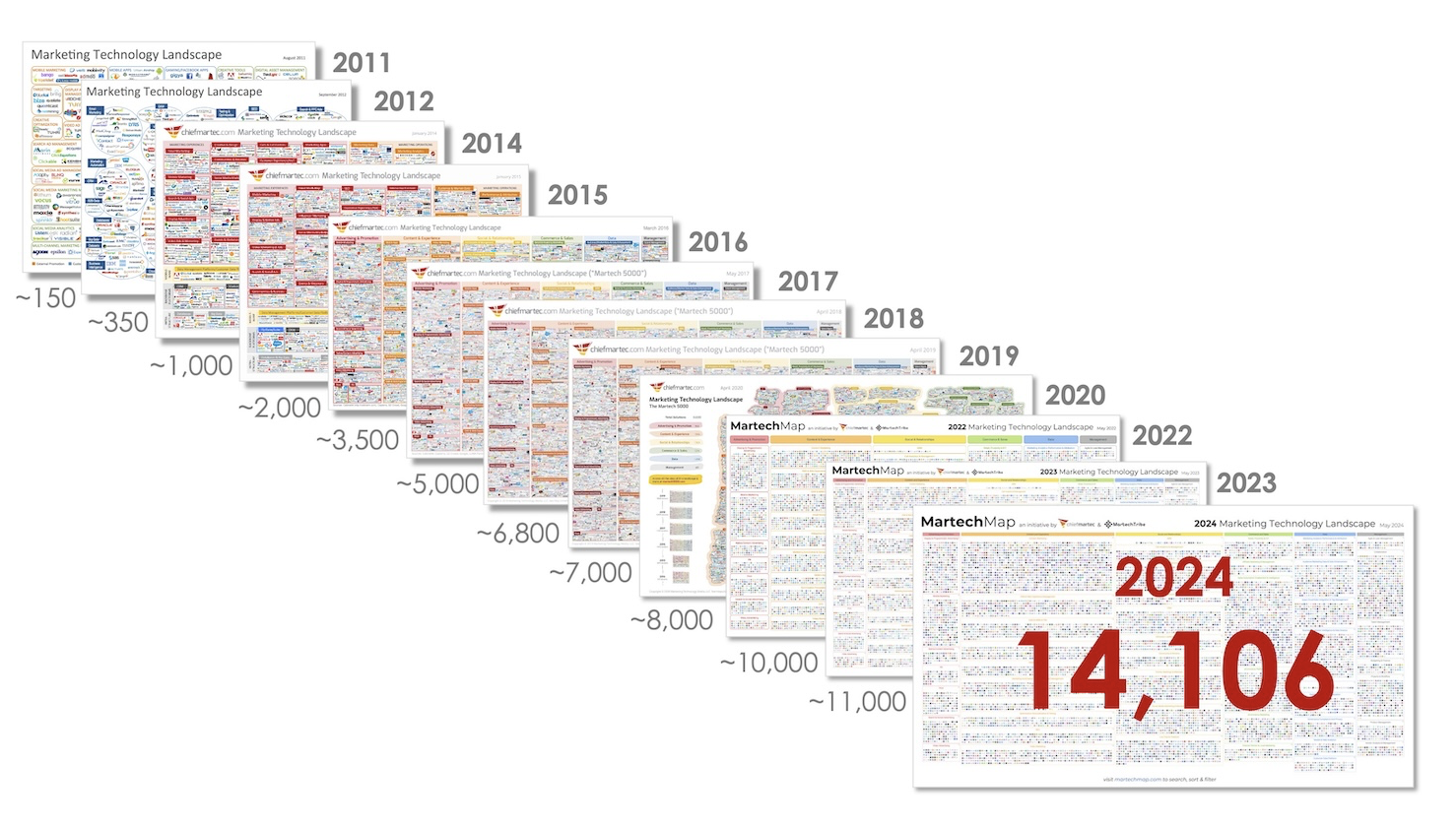Making Martech Migrations Painless: How to Nail Your Customer Data Move
Martech migrations. Two words that are enough to give most marketing leaders a headache. Whether you're moving from one CRM to another, switching CDPs, or upgrading your automation stack, one thing is sure: customer data has to move too. And that's where things can get messy.
For marketing teams, data migrations can disrupt ongoing campaigns, mess up audience targeting, and jeopardise customer experience. But it doesn’t have to be that way. With the proper preparation, brilliant execution, and clear communication, you can minimise the temporary pain and get to value faster.
Step 1: Prepare to Succeed
Before you migrate anything, take stock of your data. What types of customer information do you have, and which parts are essential? Map everything out and identify the attributes, segments, and preferences that must be preserved. Use this moment to clean things up:
-
Remove duplicates.
-
Get rid of outdated or inactive profiles.
-
Standardise inconsistent fields.
There’s no point dragging insufficient data into your new system—a migration is an excellent opportunity to improve data quality.
Then, assess your dependencies. Which systems rely on the data you're about to move? Are there any live API integrations or automated workflows in place? Pinpointing these dependencies early can help you avoid breaking things that matter. Work closely with your IT and data teams to identify potential risks and weak spots.
Now it’s time to plan. Create a realistic timeline with clear deliverables and assign ownership to key steps. Make sure marketing, data, and technical stakeholders are aligned and involved. Communicate early and often—let your colleagues know what to expect and when, so they can prepare for any disruptions.
Step 2: Execute Smart
In execution, resist the urge to do everything at once. Start with a test migration in a sandbox environment. This helps you identify issues before they affect your live data.
Put validation mechanisms in place:
-
Use scripts and manual checks to confirm data integrity.
-
Monitor for errors during and after the migration.
If the tools and systems allow, consider migrating in phases or running systems in parallel for a short time. This gives you a buffer to correct issues without halting operations.
Also, collaborate closely with your martech vendor or implementation partner. They bring in-depth knowledge of the target system and can help you avoid costly mistakes. Don’t try to do it all alone.
Step 3: Manage Expectations
Not everyone needs to know the technical details. Still, they should consider the migration timeline, potential risks, and what might temporarily not work, like automation or segmentation tools.
Be transparent throughout the process:
-
Set realistic expectations with stakeholders.
-
Keep communication open.
-
Always have a fallback plan.
Transparency builds trust and reduces friction, even when things get bumpy.
Best Practices to Keep in Mind
Even with a solid plan, a few general best practices can make a big difference during your migration:
-
Keep versions of your old dataset somewhere: one original, one post-cleaning, and maybe even one with just the migrated subset.
-
Document everything: track your decisions, issues encountered, and how they were resolved.
-
Assign a single point of contact for questions and escalation to avoid confusion.
-
Celebrate small wins: acknowledge successful milestones to keep team motivation high.
These practices won’t eliminate all migration pain, but will make the journey smoother.
Need help with your customer data migration? Fill in the form below – we're happy to help.


